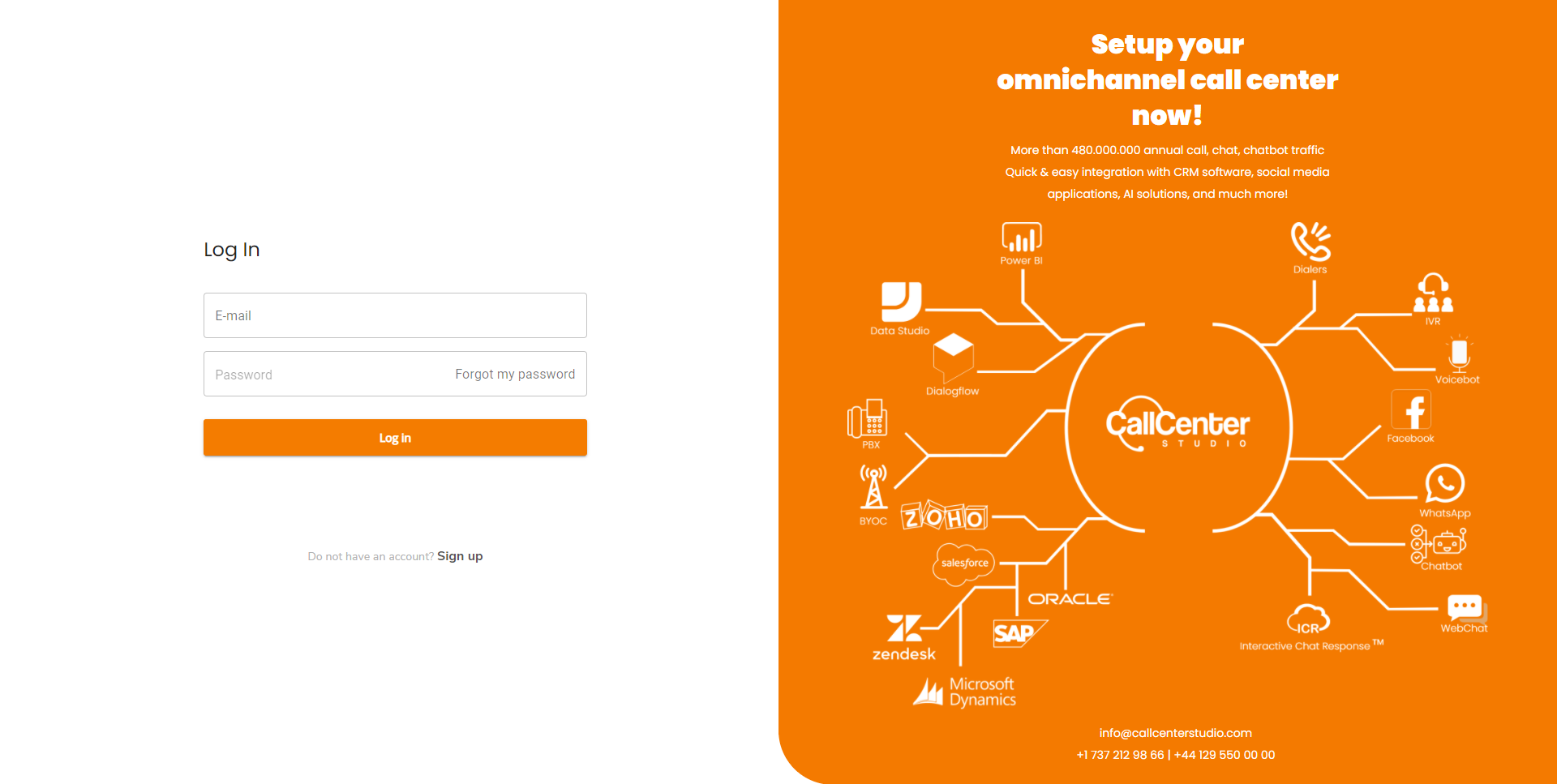

- Mixmeister studio comparison software#
- Mixmeister studio comparison plus#
- Mixmeister studio comparison mac#
They work acceptably for music that has been designed with DJs in mind – 4/4 club track in other words – but for most other music some human intervention is required. These can sound anywhere from “alright” to “egads my ears” based on the genre of music. You can swap in other preset transitions in the playlist area by adjusting the appropriate transition drop-down for each track. MixMeister defaults to eyeballing the transition and applying an eight beat beatmix. Once a few tracks are in the playlist it’s time to get them arranged. Once you’ve picked a track, you can drag it across to the playlist in the top right, allowing you to select where in the set it should fall by dropping it where it should go in the set, or you can drag it to the timeline, which appends it to the end of the playlist. Missing stops the track, but for a quick preview this isn’t such a big deal. It’s pretty thin, so it can be a trick to hit it. You can seek by adjusting the bar that appears under the previewing track. They automatically sync to the set as it’s playing, which is a very cool feature if the transport is paused, tracks play at their standard BPM. Tracks can be previewed here by simply double-clicking.
Mixmeister studio comparison mac#
There’s a nicely labeled “SEARCH LIBRARY” field to search tracks in-line, using the Mac convention of an appearing X to clear the field – a nice touch.
Mixmeister studio comparison plus#
The library is where the process starts – to add more tracks, hit the big plus button and MixMeister analyses BPM and key in the background, adding them as they’re calculated. A simple, but extraordinarily powerful layout. In the middle is the nice big timeline (the guts of the program) and down the bottom is the effects rack and Song Slicer. The top-left section is the music library. The basic interface is intuitive, and adopts a top-to-bottom work flow. So now that the meta-information is done with, how does MixMeister work when it comes down to it? It stands shoulder-to-shoulder with Serato Scratch Live and Propellerhead Reason for quality design and production values.
Mixmeister studio comparison software#
Those of you who are annoyed by the profusion of low quality software in the DJ industry - complicated or counter-intuitive interfaces, instability, slowness or dropouts - will be more than happy with MixMeister. The engineering and usability analysis that’s gone into this product is excellent and it pays off by providing an interface second to none. It remembers where it was when it was closed, how you had your menus and tools laid out, it loads what you were last working on, and it does it all seamlessly. The software is rock-solid, packed with features without glomming on the kitchen sink (holy crap glomming is a real word) and the sound quality is truly top notch. The interface is intuitive, easy to use and attractive. It also gives a good feeling as to the longevity and continued development of MixMeister.įrom an engineering standpoint, MixMeister is an impressive achievement. The community built around the product is encouraging and means help will never be far away. BeatMixing is a large community devoted to MixMeister and its use, with extensive tutorials, an active forum and five 24-hour MixMeister-powered webcasts. The community support for MixMeister is excellent. In summary, Fusion is the all-singing all-dancing live-performance and webcasting version that is also compatible with the video module, Studio is full-cream but lacks the live performance features, and Express is the light version lacking all but the basic features of MixMeister. A breakdown of the differences can be found here.

MixMeister comes in three flavours: Express, Studio and the full-caffeine Fusion – which is the version we’re looking at today. So what MixMeister is in essence is a DAW for DJ sets. Each track has a segmented line following it for each of volume, bass, mids and treble – adjusting their respective volumes. Instead of a ‘deck’ playing a track, you lay out tracks in a beat-gridded display (“timeline” in DAWnese) and use traditional multi-track DAW transport controls to navigate, balance and transfer between songs. MixMeister does away with this interface ‘metaphor’, and adopts a Digital Audio Workstation (DAW) approach to DJing. Stop the turntable to throw on another record and you’ve got to have something else playing to avoid the dreaded silence. DJs use devices that play songs, and add a mixer in order to make transitions. MixMeister is a program for disk jockeying, but not as we know it.


 0 kommentar(er)
0 kommentar(er)
